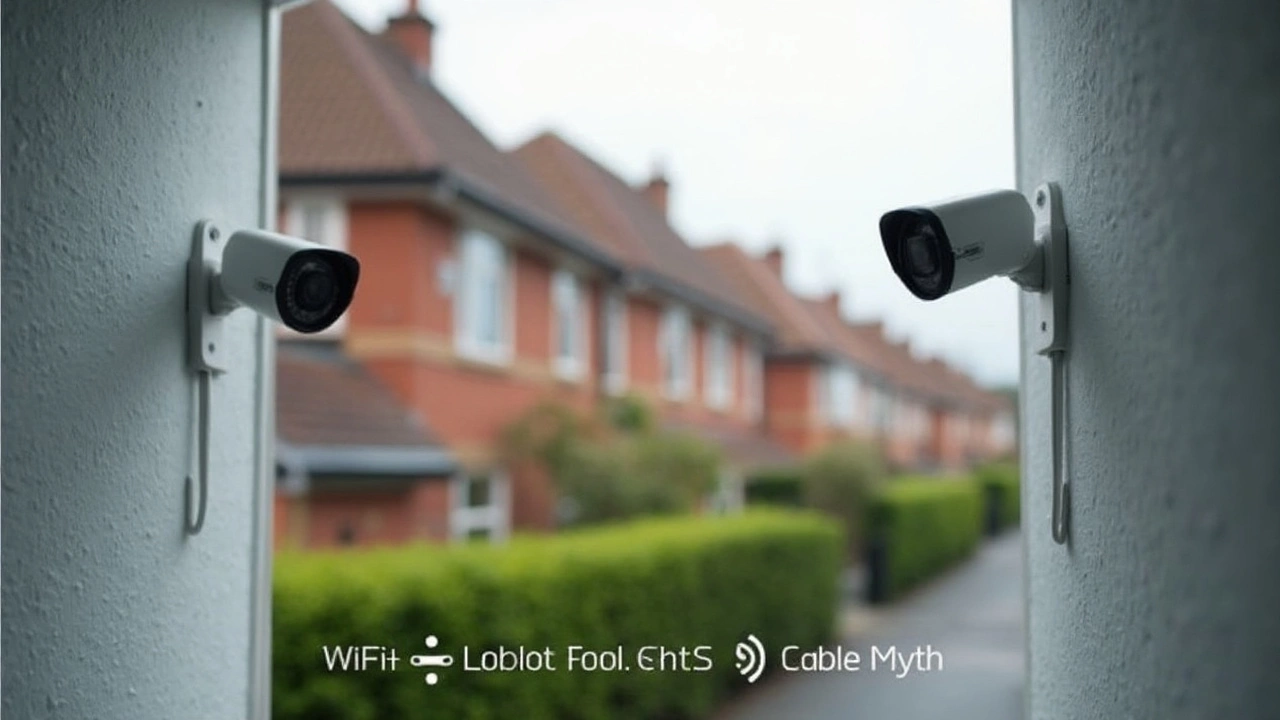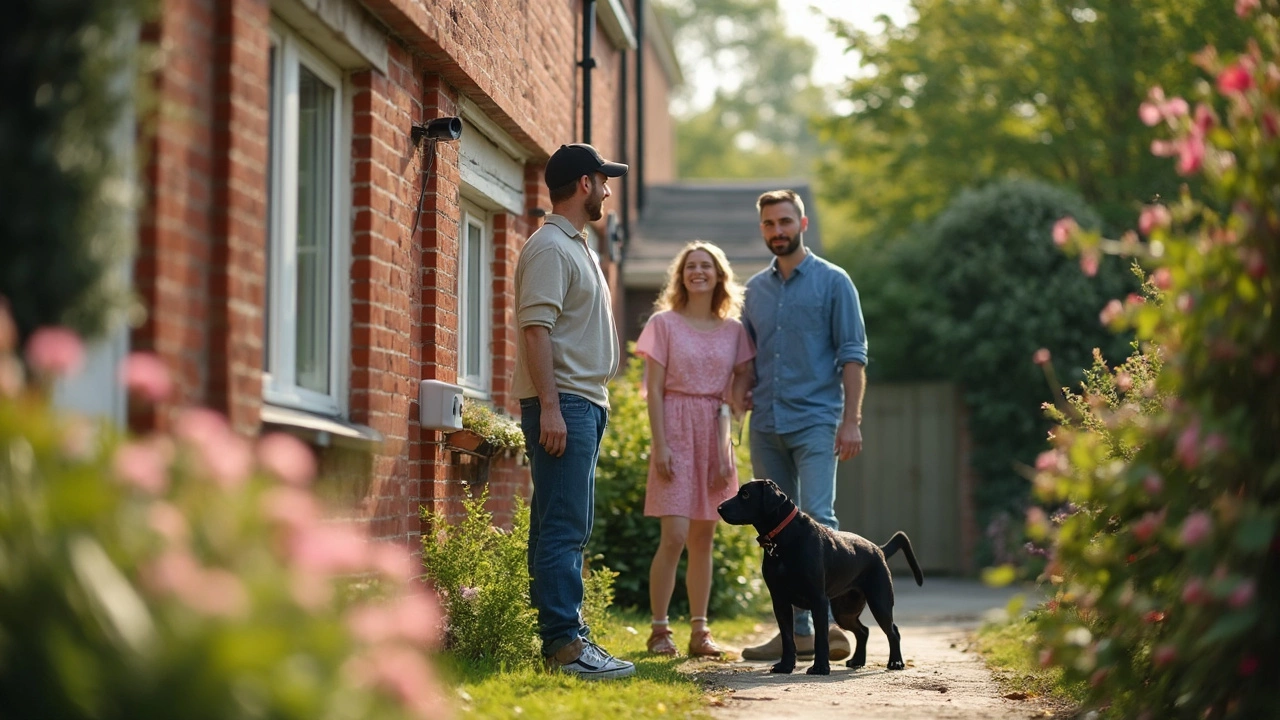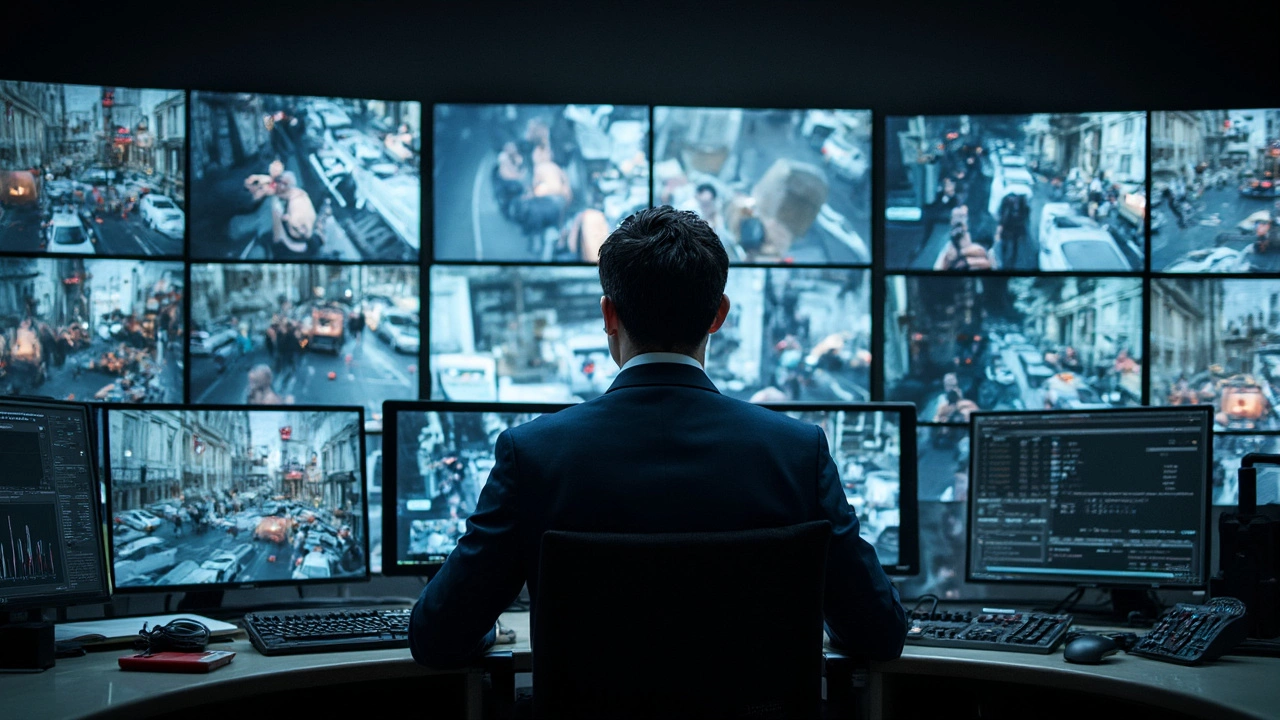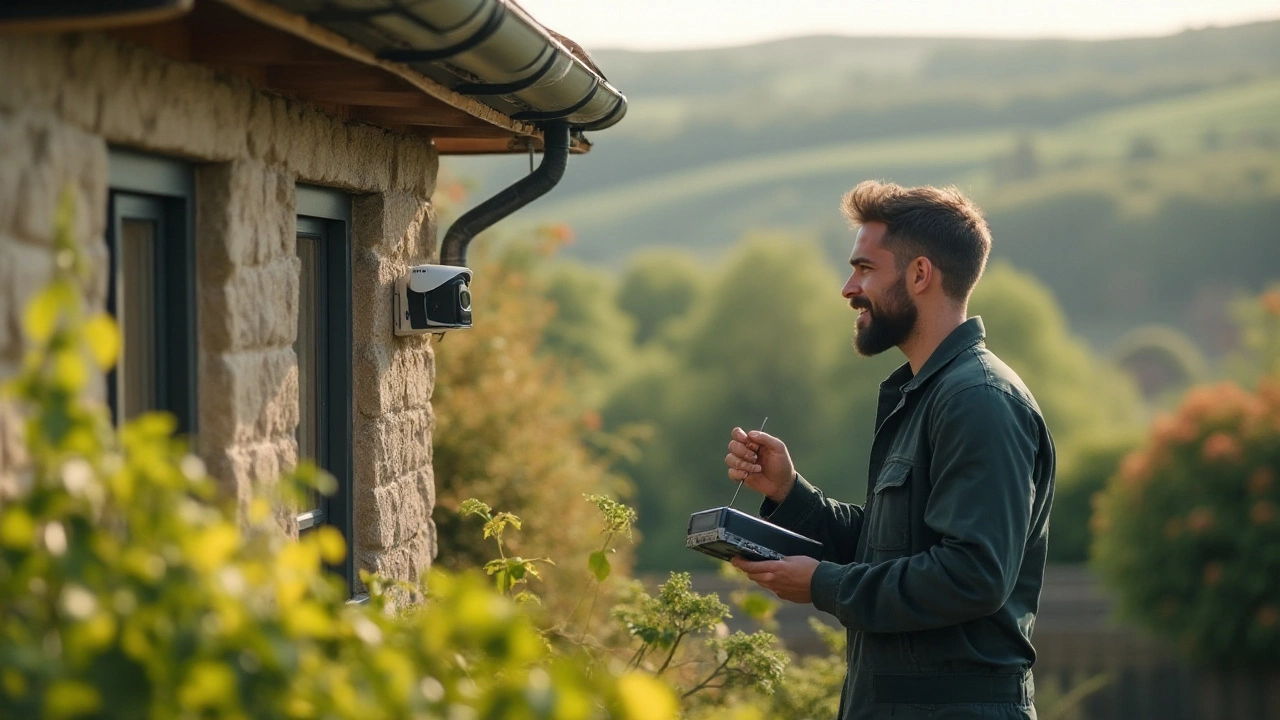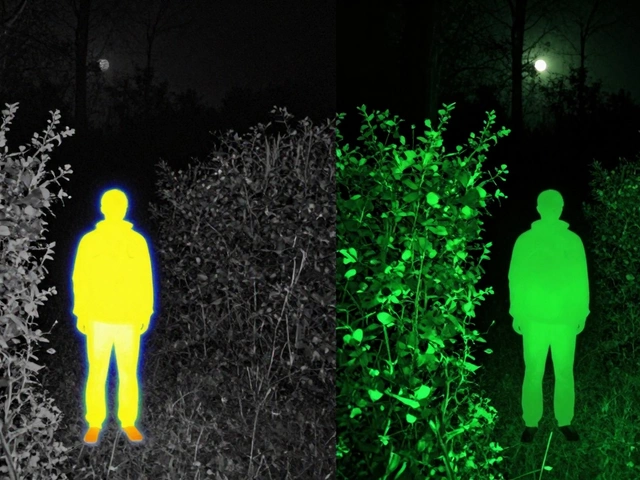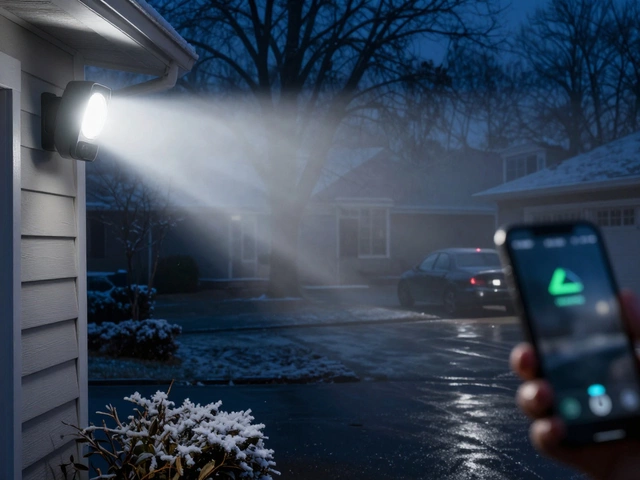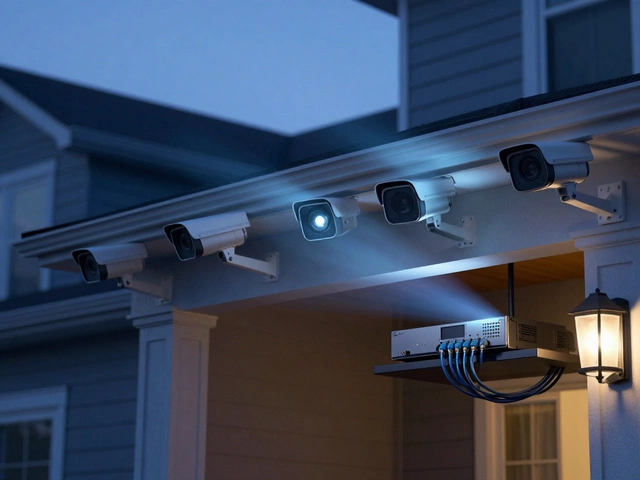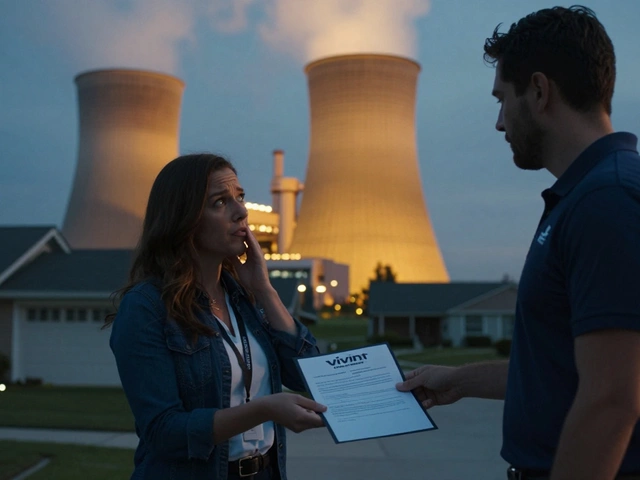CCTV Installation: Your Practical Guide
Thinking about adding CCTV to protect your home or business? You’re not alone – more people in the UK are looking for reliable video surveillance that actually works. In this guide we’ll walk through the steps you need, from mapping out coverage to deciding whether to go DIY or call in a professional.
Planning Your CCTV System
First thing: know what you want to see. Walk around your property and mark the spots that matter most – front door, driveway, back garden, garage. Sketch a simple layout on paper or use a free phone app to plot camera angles. This helps you decide how many cameras you need and where they should face.
Next, choose the camera type. For most UK homes, a mix of indoor and outdoor units works best. Outdoor cameras need weather‑proof housing and infrared LEDs for night vision. Indoor models can be smaller and may include motion‑triggered recording to save space.
Resolution matters too. Today, 1080p is the sweet spot for clear images without hogging your bandwidth. If you’re watching live feeds on a smartphone, a higher resolution can drain battery faster, so balance clarity with practicality.
Don’t forget storage. You can store footage on a local hard drive (NVR/DVR) or in the cloud. Cloud plans often charge a monthly fee, but they keep data safe even if someone steals the camera. Local storage avoids recurring costs but requires you to protect the recorder.
DIY vs Professional Installation
Can you install it yourself? Absolutely, if you’re comfortable with basic tools and a little wiring. Most modern CCTV kits come with plug‑and‑play PoE (Power over Ethernet) switches, which means you only need to run a single cable for power and video. That makes mounting a camera as easy as drilling a hole, screwing in the mount, and attaching the cable.
However, there are hidden challenges. Running cables through walls can be messy, especially in older brick houses. You also need to ensure the system complies with UK data protection rules – for example, you must not point cameras into a neighbour’s garden without consent.
If you’re unsure, hiring a certified installer can save time and avoid mistakes. Professionals handle cable routing, configure the network, and set up secure passwords. The average cost for a full install ranges from £300 to £800, depending on the number of cameras and complexity. It may sound pricey, but a well‑installed system lasts years and reduces the risk of false alarms.
Whether you go DIY or pro, always test each camera before sealing it up. Check the live feed on your phone, adjust the focus, and make sure night vision turns on. A quick test now prevents a blind spot later.
Finally, keep your system updated. Firmware bugs can expose cameras to hackers, so set a reminder to check for updates monthly. Change passwords regularly and use a strong, unique passphrase for each device.
By planning carefully, picking the right gear, and either mastering the DIY steps or trusting a professional, you’ll get a CCTV setup that actually deters thieves and gives you peace of mind. Ready to start? Grab a notepad, sketch your layout, and take the first step toward a safer property.

